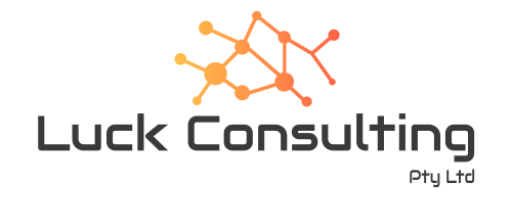The last book I read on climate change was The Skeptical Environmentalist, by Bjorn Lomborg. He is a statistician and argued that the global warming we witnessed up to 2000 could have alternate explanations than greenhouse gases, such as increased sunspot activity. He was lambasted at the time and investigated by the Danish Committee on Scientific Dishonesty. He was cleared of dishonesty in 2004.
The point I talk away from his book was that, at the time of writing, there was not sufficient data to conclusively prove that global warming was caused by greenhouse gases.
However, since that time there has been a lot more science done, spurred on I suspect by Lomborg’s and President Bush’s doubts. A great summary of where things stood mid 2005 is provided by The Weather Makers, by Tim Flannery. Tim is a conservationist from way back. He is famous for The Future Eaters. His new book promises to be the Silent Spring of climate change.
Where things stand does not look good. Carbon Dioxide has risen from 2 parts per 10000 to 3 parts per 10000. The role of Carbon Dioxide in retaining the Sun’s rays has been understood since the 1800s. The evidence now strongly suggests that the warming is due to increased Carbon Dioxide and to a lesser extent Methane.
To figure out exactly what will happen, scientists model the climate. This is complicated and frequently revised as new data comes in and there is new understanding of the interactions between the many things that make up the climate. Some things that a likely to happen are:
- Rising of the sea level due to thermal expansion and melting of ice which is on land.
- Destruction of the Great Barrier Reef, due to coral bleaching due to warmer water due to warmer air. 82% destruction for a 1 degree rise; total destruction for 3%. Total destruction is looking likely.
- Mass extinction
- A Semi-permanent El Nino affecting Eastern Australia.
- Permanent strong hurricane seasons for the Western Atlantic.
Anecdotally, where I live in Brisbane we are in our worst drought ever and 2005 was the hottest ever year. The hurricane season in the US was the worst ever. The Great Barrier Reef is bleaching again.
So what to do? The latest number we need is 70% reduction of 1990 levels of greenhouse gas emissions.
Kyoto is the international effort. But Australia, the US and the developing world are not signed up, and its goals are too modest. Still, there has been a previous international success with CFCs and the Montreal Protocol. It started with only part sign up but then gathered steam. The depletion of atmospheric ozone has now stopped and we can hope for return of our sunscreen.
Tim Flannery points out that each individual can fairly easily get to 70%. Here’s how:
- Tick the renewables box on your electricity bill.
- If you have a petrol car, change to a diesel or hybrid one, or to a smaller one
- Use gas if you are on town supply. (1 atom of carbon compared with 4 four coal)
- Use a solar hot water system if it makes sense where you live
In my own situation, I drive a diesel, use town gas for water heating and am going to tick the renewables box.
Some other things to expect that should happen:
- Startups trying to solve parts of this problem.
- Gas rules supreme
- Nuclear regains its past popularity
- Wind, tidal, solar, geothermal and others get more popular
- perhaps a worldwide carbon pricing and trading scheme
Australians per capita are the worst carbon polluters in the world. This is becase we use a lot of energy and we use 90% coal to produce that energy. Expect Australia to end up an international pariah before action gets taken here.
Some things you can do to get involved:
- Read the book.
- Get two other people to tick the renewables box on their electricity bill
